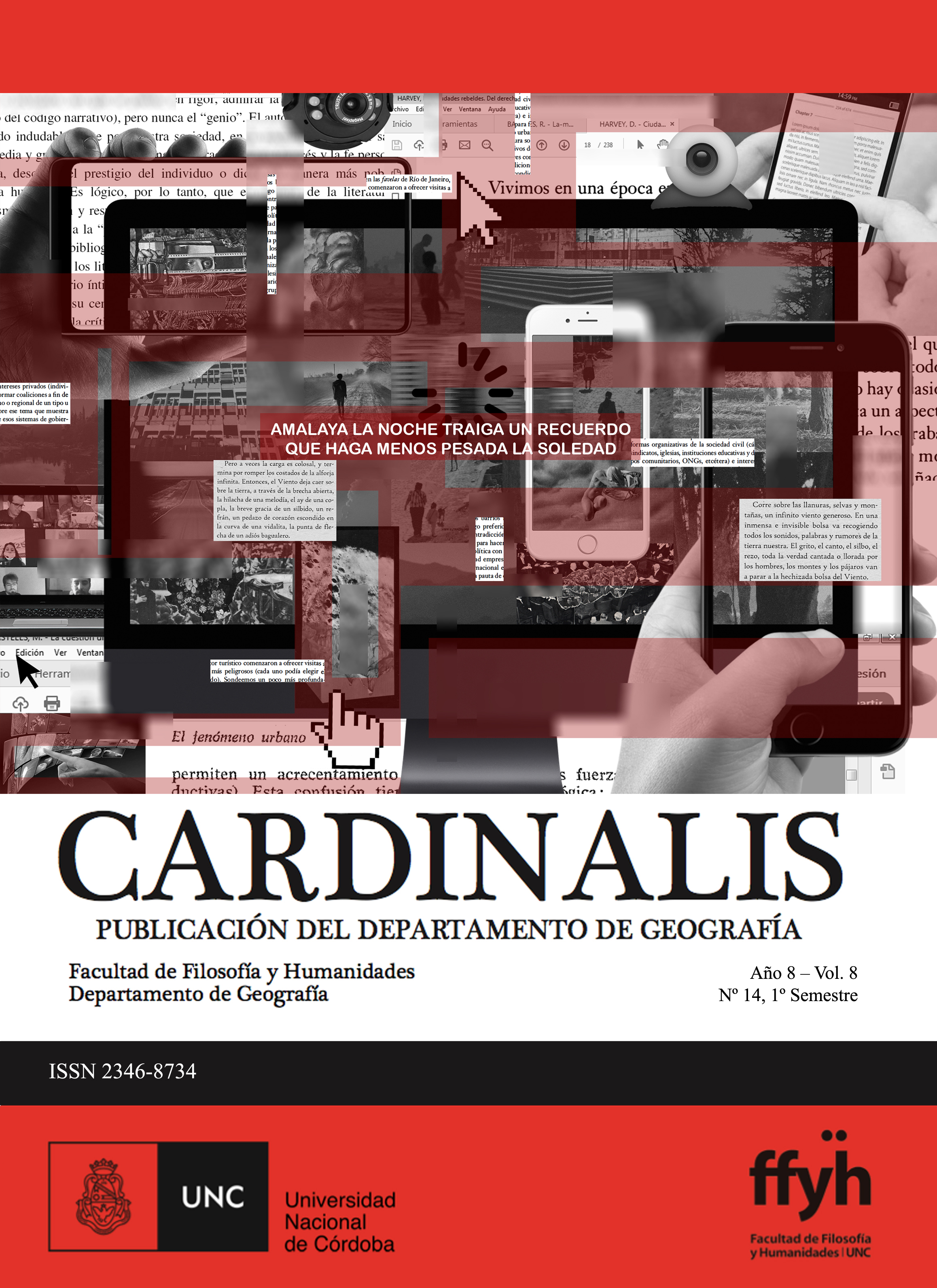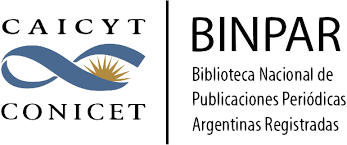Industrial consolidation, productive specialization and territorial development in the northern industrial corridor: a journey through the case of the city of Campana, province of Buenos Aires
Abstract
The line that connects the great metropolitan areas of Buenos Aires and Rosario forms an industrial and economic axis that we can call "Northern Industrial Corridor". Throughout the economic history of our country, several companies linked to the production of industrial goods and services have been located there, especially in the metal-mechanic, agro-industrial, chemical and food sectors, among others. One of the main nodes of this axis is the city of Campana and Zárate, in the province of Buenos Aires, which since the beginning of the 20th century has been a central point in the industrial and economic development of Argentina in general. In different stages of productive development this territory had a dynamic that allowed adapting and reconfiguring from the changes in the forms of organization of work and production. This article aims to know and analyze the process of consolidation of the Northern Industrial Corridor as an industrial region, with special emphasis on the city of Campana. At the same time, we will link this phenomenon with the expansion of its urban environment and the dynamics of its social structure, in such a way that it allows us to think about the capital-labour-territory relationship as a complex concept that is fundamental to the analysis of the world of work and production.
Downloads
Downloads
Published
Issue
Section
License

This work is licensed under a Creative Commons Attribution-NonCommercial-ShareAlike 4.0 International License.
Aquellos autores/as que tengan publicaciones con esta revista, aceptan los términos siguientes:- Los autores/as conservarán sus derechos de autor y garantizarán a la revista el derecho de primera publicación de su obra, el cuál estará simultáneamente sujeto a la Licencia de reconocimiento de Creative Commons (indicada abajo) que permite a terceros compartir la obra siempre que se indique su autor y su primera publicación esta revista.
- Los autores/as podrán adoptar otros acuerdos de licencia no exclusiva de distribución de la versión de la obra publicada (p. ej.: depositarla en un archivo telemático institucional o publicarla en un volumen monográfico) siempre que se indique la publicación inicial en esta revista.
- Se permite y recomienda a los autores/as difundir su obra a través de Internet (p. ej.: en archivos telemáticos institucionales o en su página web) antes y durante el proceso de envío, lo cual puede producir intercambios interesantes y aumentar las citas de la obra publicada. (Véase El efecto del acceso abierto).

Esta obra está bajo una Licencia Creative Commons Atribución-NoComercial-CompartirIgual 4.0 Internacional.






